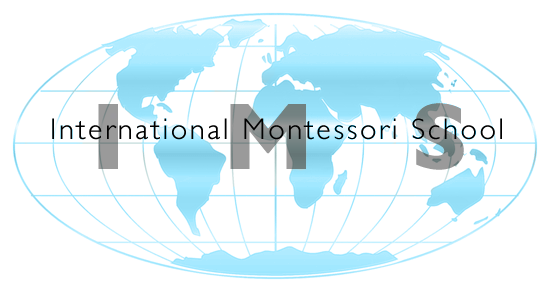THE MONTESSORI METHOD
“My vision of the future is . . . of individuals passing from one stage of independence to a higher [one], by means of their own activity through their own effort of will, which constitutes the inner evolution of the individual.” - Maria Montessori
In the preschool and kindergarten class, there are many distinct areas that make up the “prepared environment” for a child:
Practical Life Area
Drawing on the child’s natural inclinations, Dr. Montessori structured several exercises for the classroom to help the child satisfy his / her need for meaningful activity. These exercises use familiar objects (buttons, brushes, dishes, pitchers, water, etc.) from the child’s home experiences. These objects are exciting to the child because they allow him / her to imitate adult activities. These practical life exercises are designed to develop hand-eye and muscle coordination, concentration (extending the attention span), attention to detail, good work habits, and independence. Children take turns having snack at the snack table. This activity teaches patience, good manners and self-reliance. The Directress continuously adds on additional practical life activities to provide variety.
Sensorial Area
A child discovers the world around him / her through the use of his / her senses. The sensorial material helps the child become aware of details, differentiations, and gradations. Each of the sensorial materials isolates one defining quality, such as color, weight, shape, texture, size, sound, smell, etc. For example Cylinder blocks, Knob less cylinders, and pink tower introduce gradations of size.
Language Area
The language work includes oral language development, written expression, reading, the study of grammar, and creative dramatics. Sensorial exercises are a preparation for reading and writing. The child who can differentiate sound and pitch should be able to perceive subtle differences in letter sounds. Learned differences in shape help define characteristics of each letter of the alphabet. The language materials are the basic exercises for learning to read, write and build vocabulary.
Sandpaper letters introduce alphabetical sounds. Moveable alphabet allows the child to use vocabulary acquired; introduces child to concept of spelling; preparation for learning to write.
As letter sounds are learned and letter shapes are recognized, a child is progressed to phonetically sound two, three and four letter words. All this and other materials prepare a child to read, speak and write.
Math Area
The concepts of mathematics are introduced in concrete terms representing all types of quantities to the young child. Later, by combining equipment, separating it, sharing it, counting it, and comparing it the child demonstrates to himself / herself the basic operations of arithmetic.
Geography Area
In order to expand the child’s view of his / her environment—the world he / she lives in—geography becomes an integral part of the classroom experience. Children are introduced to topographical land and water forms, continents, countries and cities through the use of Globes, puzzle maps, pictures, and flags.
